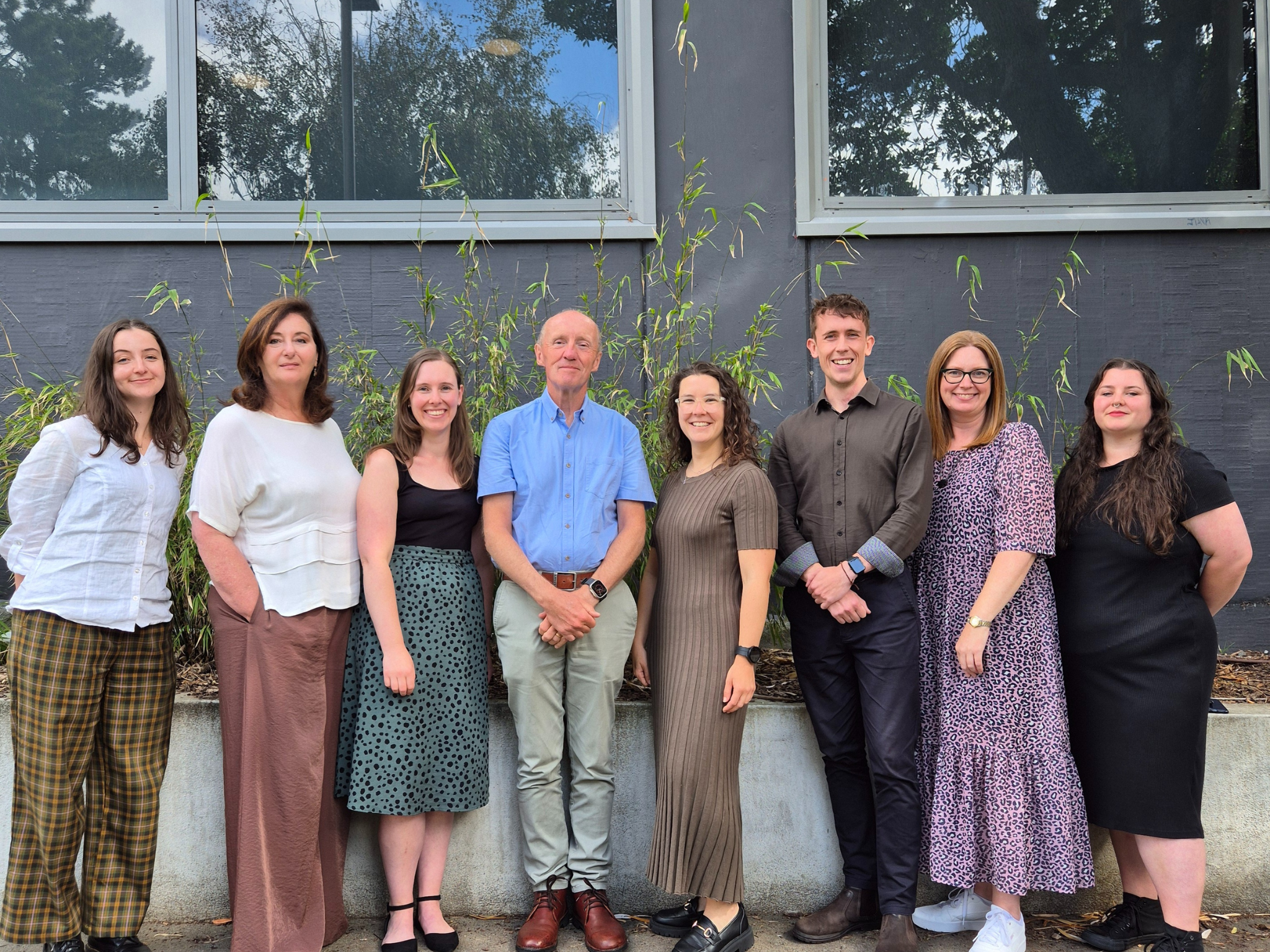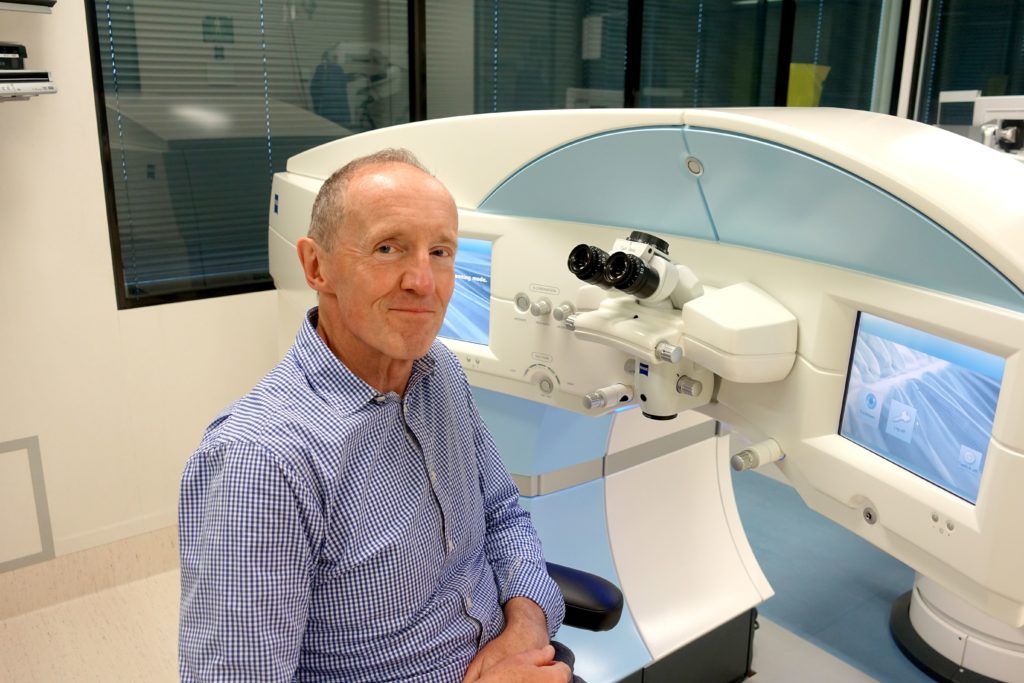
Wellington Eye Centre’s Ophthalmologist
So, you’ve decided to have laser eye surgery? Congratulations! This quick and safe procedure can save you years of being inconvenienced by glasses or contact lenses and the challenges of having poor, unaided vision. Any laser eye surgery procedure – PRK, LASIK or SMILEⓇ – is painless and fast, taking less than 5 minutes per eye. So, even though most people interested in laser eye surgery are a bit anxious about the procedure, it is the quickest and simplest part of the whole process. Following a successful procedure, most people can see very well by the next day. However, full recovery to the point where you start to forget that you ever had laser eye surgery can take a bit longer.
Even though the procedure is short, we understand that recovery from any operation can be a bit daunting. We’re here to make the process as smooth for you as possible! That’s why we’ve broken down the recovery experience for you and compiled our top tips to ease you through the healing period.
How does laser eye surgery work?
The Wellington Eye Centre performs all three procedures currently used for laser vision correction – LASIK, SMILE and PRK. In fact, we were the first laser clinic in New Zealand to perform LASIK and SMILE. Each of these procedures is unique and they have differences which affect both their suitability for a particular person and the recovery process.
PRK
- Can correct shortsight and astigmatism only
- Vision correction performed on the front surface of the eye
- The procedure takes three minutes
- Healing of the eye surface takes 4 to 7 days
- Moderate discomfort for 4 to 5 days
- Visual recovery takes 10 to 14 days
- No swimming, eye shadow or mascara for three weeks

LASIK
- Can correct long sight, short sight, and astigmatism
- Vision correction carried out under a corneal flap
- The procedure takes five minutes
- Mild to moderate discomfort for 6 to 8 hours
- Excellent vision the next day
- No swimming, eye shadow or mascara for three weeks
- No eye rubbing for at least three months

SMILE
- Can correct short sight and short sight with astigmatism (long sight available in 2021)
- Keyhole vision correction with 2.3 mm incision – no corneal flap
- The procedure takes three minutes
- Mild discomfort for 6 to 8 hours
- Good to excellent vision the next day
- No swimming, eye shadow or mascara for three days
- No restrictions after three days
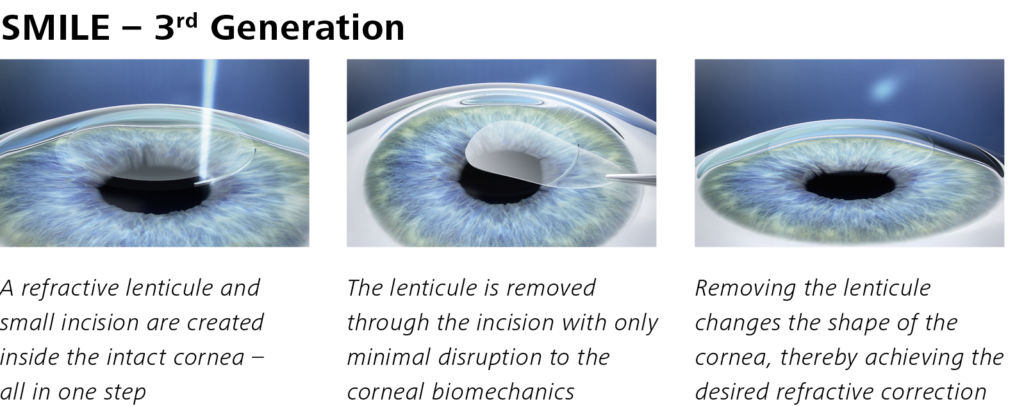
Is laser eye surgery painful?
All types of laser eye surgeries are carried out using local anaesthetic eye drops. There are no needles or injections. This generally means that the procedures themselves are not at all painful. There may be some mild discomfort from the prop that is used to hold the eyelids open and with LASIK and SMILE you may also experience a slight feeling of pressure or movement.
What about recovery after laser eye surgery?
Immediately after the procedure
Most people having laser eye surgery at the Wellington Eye Centre will be able to leave the clinic 15-20 minutes after completion of the procedure. At this time, your vision will still be quite blurry, like looking through fog. You will be able to see well enough to get around but certainly not well enough to drive or catch public transport. You should have somebody drive you home or use a taxi. As the anaesthetic drops last for an hour or so, your eyes will feel comfortable and pain-free until you get home or back to your hotel room. You will be quite light-sensitive immediately after the procedure and you should wear non-prescription sunglasses when you leave the clinic.
For the rest of the day, your vision will remain quite blurry. If you have had LASIK or SMILE, you may experience some clearing of vision later in the day. Because of light sensitivity, most of our patients choose to spend the remainder of the day resting on a bed in a darkened room. This can also help you get over any stress you may have experienced earlier in the day.
An hour or so after your procedure, the anaesthetic drops will start to wear off and you will experience some discomfort. This can last for 6 to 8 hours and should not be severe. For most people, this discomfort can be remedied with paracetamol. Post-operative discomfort tends to be less pronounced after SMILE than after LASIK or PRK. For most SMILE patients, the discomfort seems to be about 2/10 to 5/10, while for LASIK and PRK it can be 4/10 to 6/10.
The night of your procedure
By the evening, things are usually starting to settle down a bit. For most people, the discomfort has eased and most of our patients seem to get a good night’s sleep. Many people describe waking during the night and are amazed that they can read the bedside clock.
The next day
When you wake up the next day, your eyes should have minimal to no discomfort. If you have had SMILE or LASIK, your vision should be pretty good although it may not be perfect. If you have had PRK, your vision can be quite variable, from being quite clear to quite blurry. This variability is quite normal. Often, distance and intermediate vision are better than near vision, especially if you have had a short-sighted correction.
You will be seen at the Wellington Eye Centre for your post-operative check in the morning. This visit normally only takes five minutes. Your vision will be measured and your eyes checked for any post-operative problems. If your eyesight is up to the legal standard for driving, you will be given a form to take to the Automobile Association to have any endorsements requiring you to wear glasses or contacts taken off your driver’s licence. You must do this within 60 days of the form being completed. Depending on the procedure you had, you may need to have your Optometrist or GP complete this form again before renewing your licence.
If you are having your follow-up visits in another town, you will be given a letter to take with you for your first postoperative appointment. After having SMILE or LASIK, you will have an appointment to be checked again one week later. PRK patients, who have a slower visual recovery, will also be seen on Friday to make sure that they are comfortable and healing well before the weekend.
The week after your procedure
Your eyes will continue the recovery process over the week until your next post-operative visit. If you have had SMILE or LASIK, your vision should gradually improve over this period although it can vary both during the day and from day to day.
Some things you may notice:
- Halos around lights at night
- Fuzziness to straight edges
- Slight loss of contrast
- Dry eye symptoms – otherwise there should be minimal to no discomfort
- Drying of the artificial tears can cause slightly sticky eyelids in some people
You should not experience:
- Significant pain
- A significant reduction in vision
- Redness of the eyes, discharge or crusting like conjunctivitis can cause.
If you experience any of these things you should contact the Wellington Eye Centre immediately because it could indicate a developing infection, inflammation or other serious problem.
PRK Patients
If you have had PRK, your recovery process will be quite different. You will have had a bandage contact lens placed on your eye at the time of surgery to protect the healing surface. This will be left on the eye until your one-week visit by which time the surface of your eye should be fully healed. On your day one visit, vision can be quite good, but over the next few days, vision typically becomes quite blurred.
This happens as the healing skin on the surface of the eye heals over your line of sight. The newly healed skin is initially quite irregular and this affects the quality of vision. To reach an optimal level of vision the skin on the surface of the eye needs to smooth out and regularise, which can take up to a week. This process of healing and smoothing is the cause of slower visual recovery after PRK surgery.

1-6 months after your procedure
If everything is going smoothly, your next visit to the Wellington Eye Centre will be one month after your surgery. You will have further visits at three and six months after the surgery. If you are experiencing any problems such as dry eyes, you may have more frequent visits. The cost of your procedure covers any laser-related visits up to one year after your surgery.
By the end of the first month, your vision should be pretty much up to full speed. Things such as varying vision, halos and light sensitivity should be largely resolved at this point. If you have had Presbyond blended surgery to get out of reading glasses, you may still be adapting to the difference between your two eyes. This adaptation process (called neuroadaptation) can take 4-6 months. During this time, some people find it helpful to occasionally use hobby glasses for close work.
In many cases, especially if you are over 40, you may still experience some dry eye symptoms. This can take 6-12 months to recover fully. You should remember to continue to use your artificial tear drops, especially if you are in front of a computer screen all day or working in an air-conditioned environment. If the artificial tears are not sufficient to keep your eyes comfortable, the staff at the Wellington Eye Centre will be actively working with you on other measures to deal with the problem.
If your eyes have been under or over-corrected after your first surgery, you may need to have an enhancement surgery (retreatment). It is important to be sure that your eyes have stabilised following your first surgery, and for this reason, any enhancement that you may need will not normally be carried out until six months after your first surgery.
6 months and beyond
After six months, your vision should be stable and you should be starting to forget what it was like wearing glasses or contacts. If you are over 40 and have had Presbyond blended vision surgery, you will likely be fully adapted and doing well without glasses. Your distance vision should remain stable from now on.
If you are approaching or have reached the age of 40, your close vision will gradually start to get worse. This is due to a natural ageing process called presbyopia and is not caused by your previous laser eye surgery. In most cases, you would be able to have an enhancement procedure performed to improve your near vision. A deterioration in your distance vision is not normal or expected, regardless of the age you were when you had laser eye surgery performed. If you are experiencing visual deterioration, you should have your eyes checked to rule out a serious problem with your eyes.
Risks during recovery
Laser eye surgery is like any other surgical procedure in the sense that it is not “risk-free”. However, the risks are very low and we will give you thorough post-operative care instructions to keep these to a minimum. We’ve written in more detail about the potential risks and complications of laser eye surgery, including postoperative infection, dry eyes, light sensitivity, and under or over-correction.
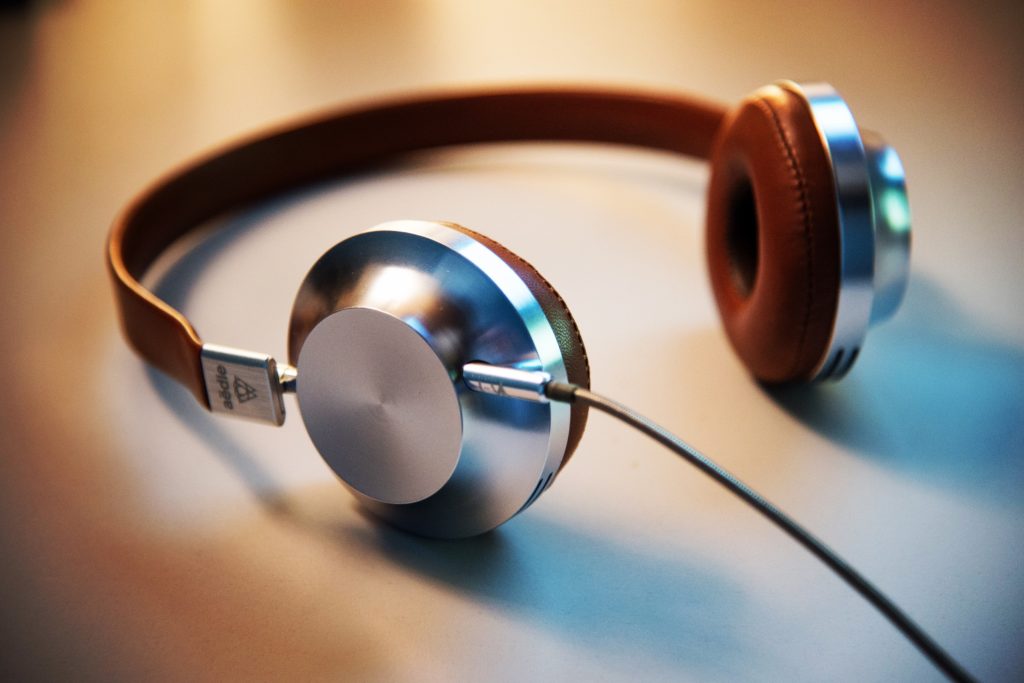
Top tips for a smooth recovery
Before surgery
- Make sure you have the recommended time off work following surgery – 5 days for SMILE and LASIK, and 7 days for PRK.
- Arrange transport home afterwards – someone to drive you or catch a taxi.
- Have something to listen to afterwards – podcasts or audiobooks are a good option!
- Wear something comfortable that you can easily lie down in.
After surgery
- Rest! Close your eyes and try to have a nap after surgery, this will get you through most of the uncomfortable part which is the first 8-12 hours.
- Make sure to use the eye drops provided. It may seem like a lot but it’s really helpful in having a smooth recovery.
- Follow all post-operative instructions – this will ensure the best recovery!
Long-term eye care after laser eye surgery
Looking after your eyes after having had laser eye surgery is mostly a matter of common sense. You should have your eyes checked by an optometrist every 2-4 years to check for serious eye conditions such as glaucoma, macular degeneration or cataracts.
Wear sunglasses when you are exposed to increased sunlight.
Protect your eyes when skiing, boating or on the beach. This is especially important if you have had PRK surgery as excessive UV light exposure can cause corneal haze or scarring to occur.
Avoid eye injuries and trauma.
Wear safety glasses when you are using power tools or there is a risk of foreign bodies hitting the eye. A LASIK corneal flap can be shifted, even many years after the surgery if the eye is injured by a sharp object such as a stick or fingernail.
Laser eye surgery has been around for well over 30 years. Many studies have been published following groups of patients who received LASIK or PRK more than 20 years ago. A 10-year follow-up study of the first SMILE patients has also recently been published. All of these studies have shown that PRK, LASIK and SMILE have excellent long-term safety and visual outcomes. No long-term problems or issues have been found in any studies.
I had LASIK performed over 23 years ago and I remain independent of glasses to this day. I know the difference it can make in your life.
Feel free to get in touch with the team at Wellington Eye Centre if you have any other questions or wish to book a consultation with Dr Logan. You can call us on 0800 733 327 or complete the contact form below.
SMILE® is a registered trademark of Carl Zeiss Meditec.
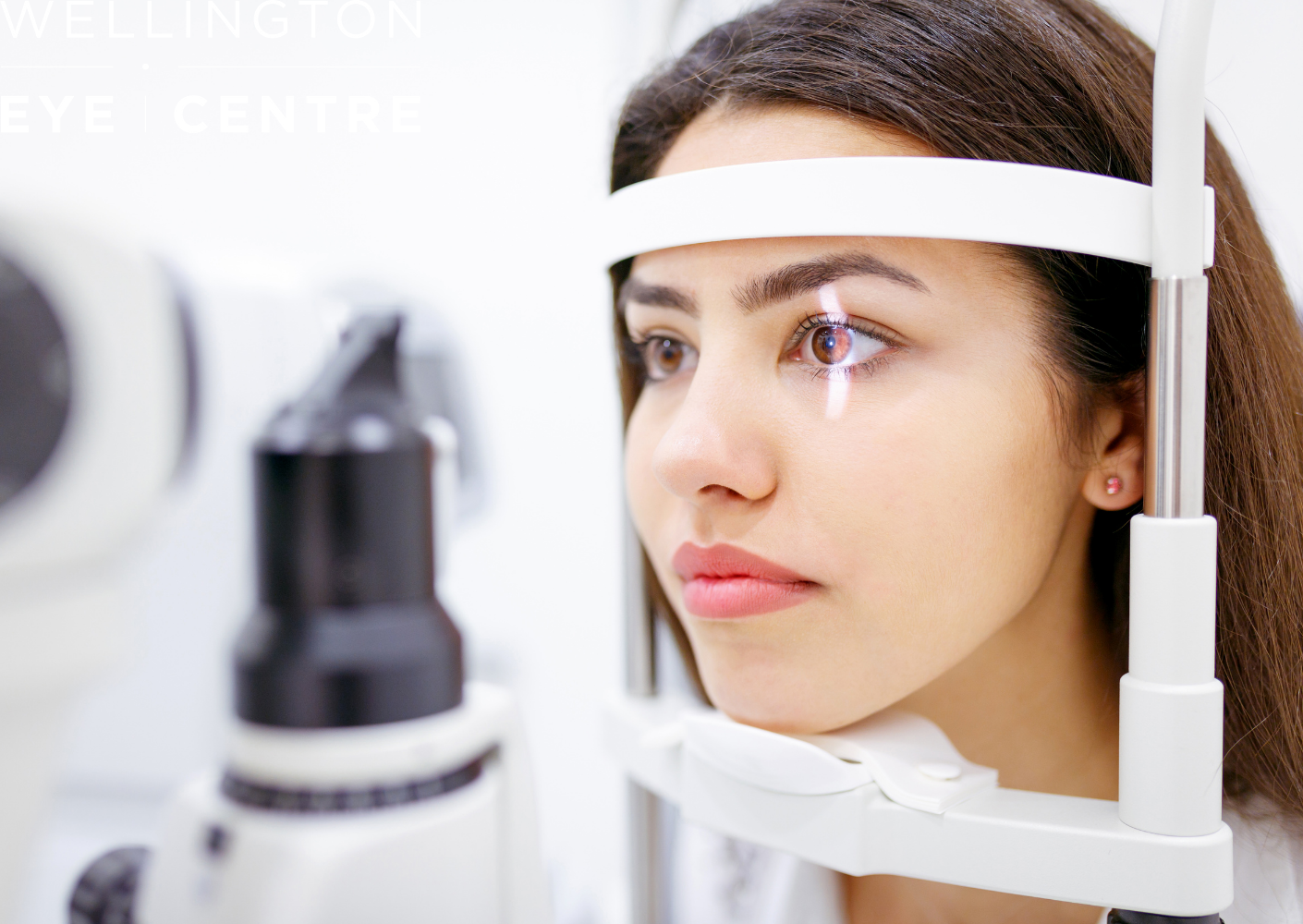
What to expect during your Laser Suitability Medical Assessment at Wellington Eye Centre

Common Medications Used in Laser Eye Surgery
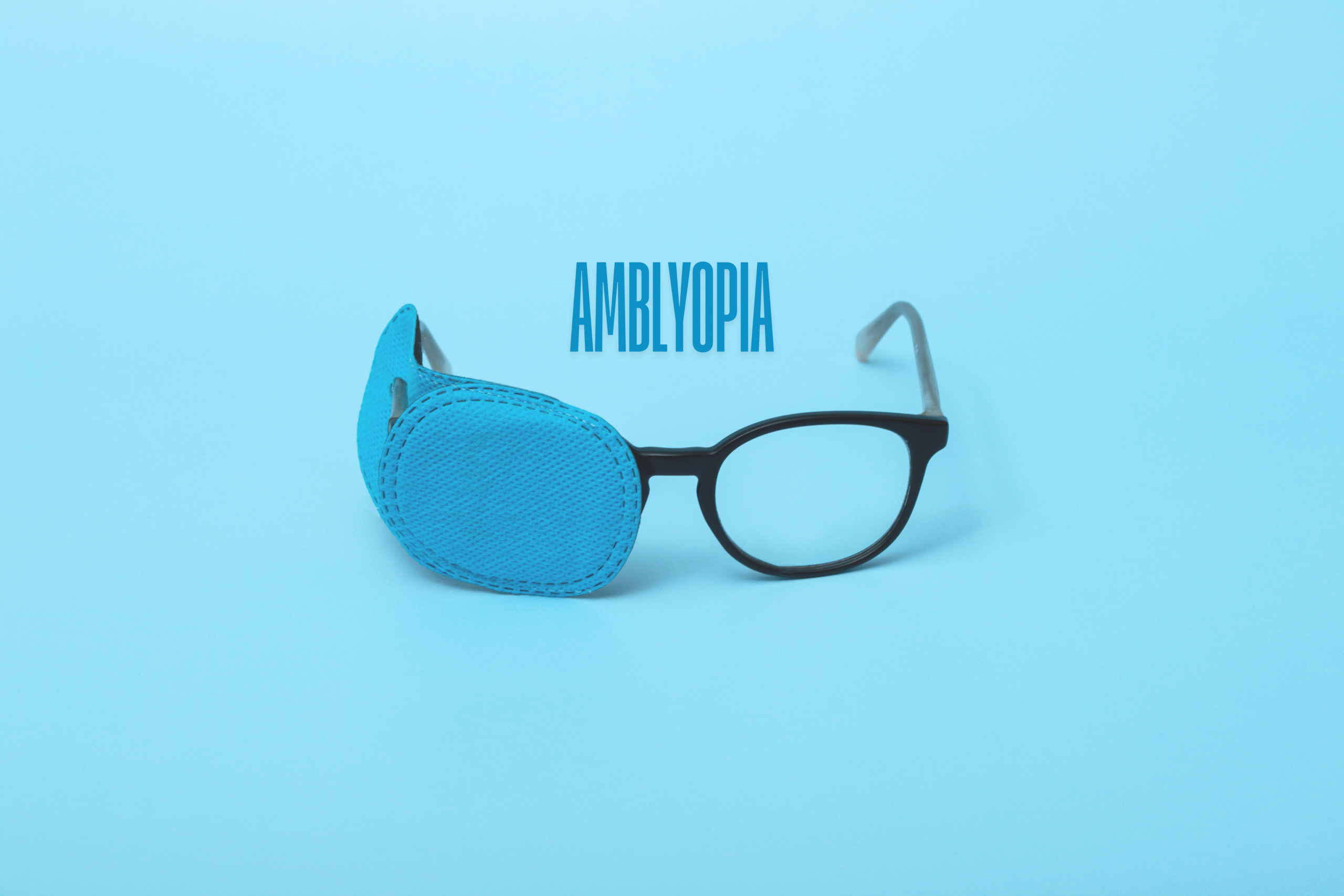
Amblyopia and Laser Eye Surgery

How Much Does Laser Eye Surgery Cost in 2025?
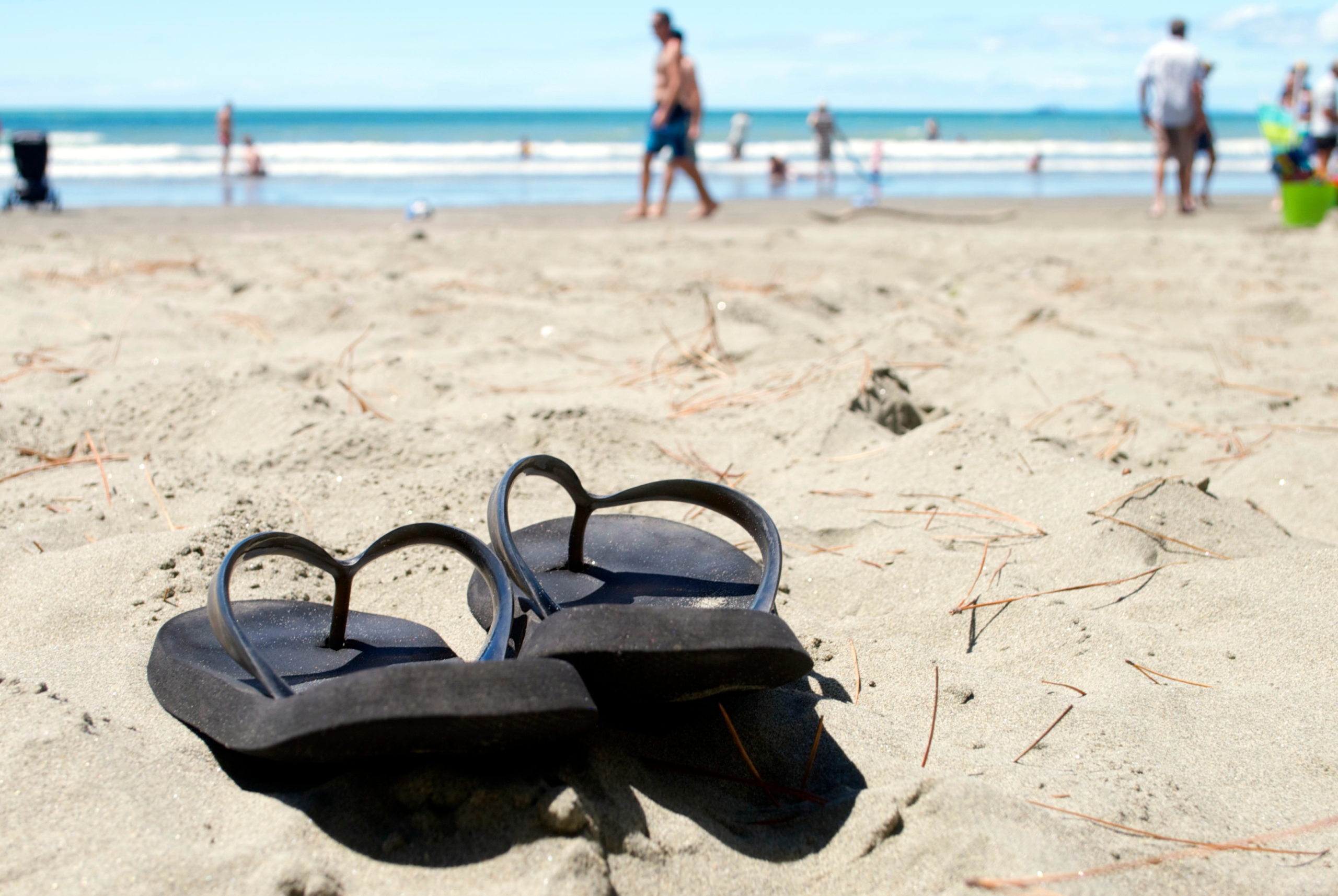
SMILE into Summer

What to expect during your Laser Suitability Medical Assessment at Wellington Eye Centre
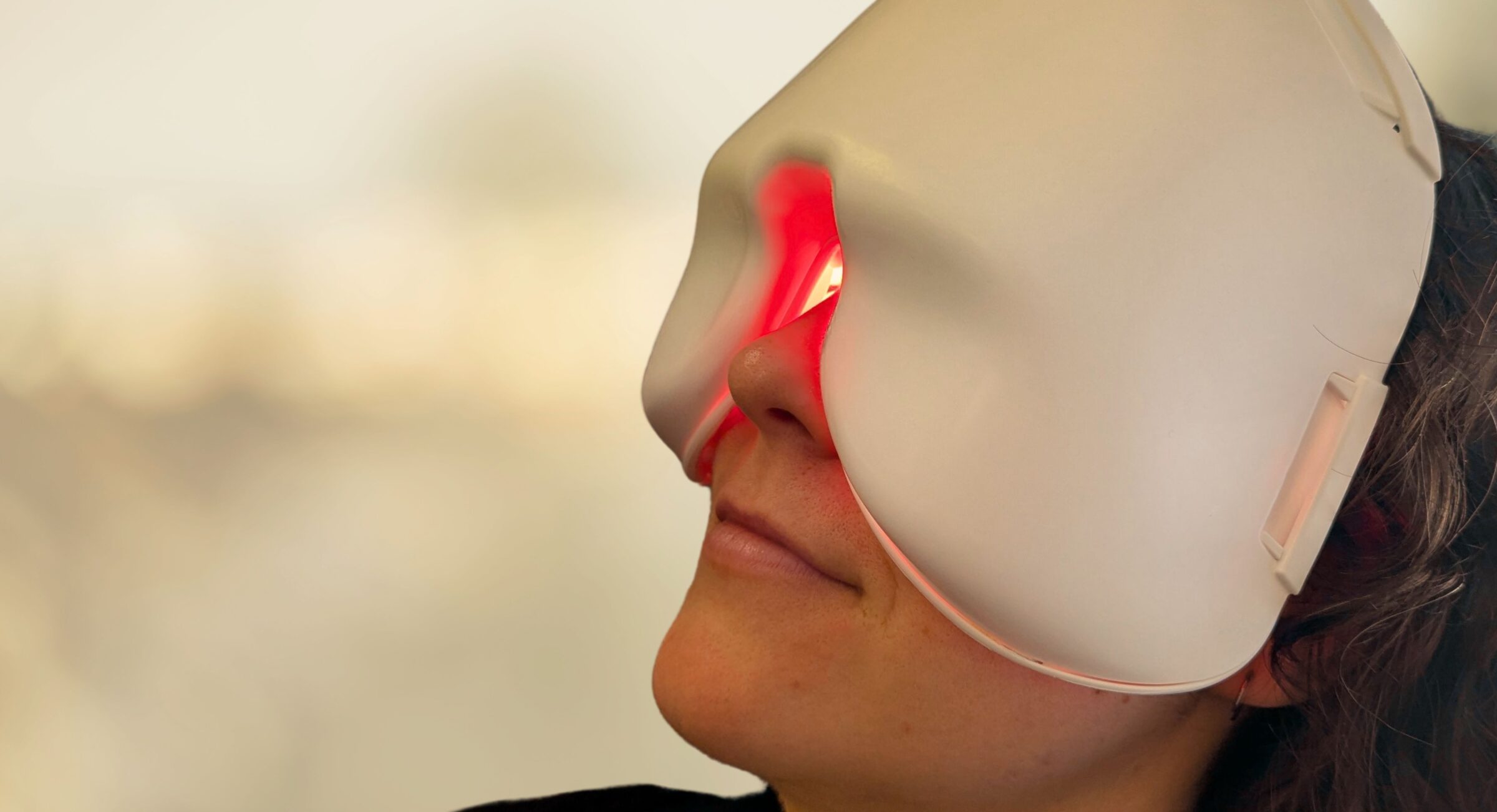
Low-Level Light Therapy for Dry Eyes

Common Medications Used in Laser Eye Surgery

Amblyopia and Laser Eye Surgery
